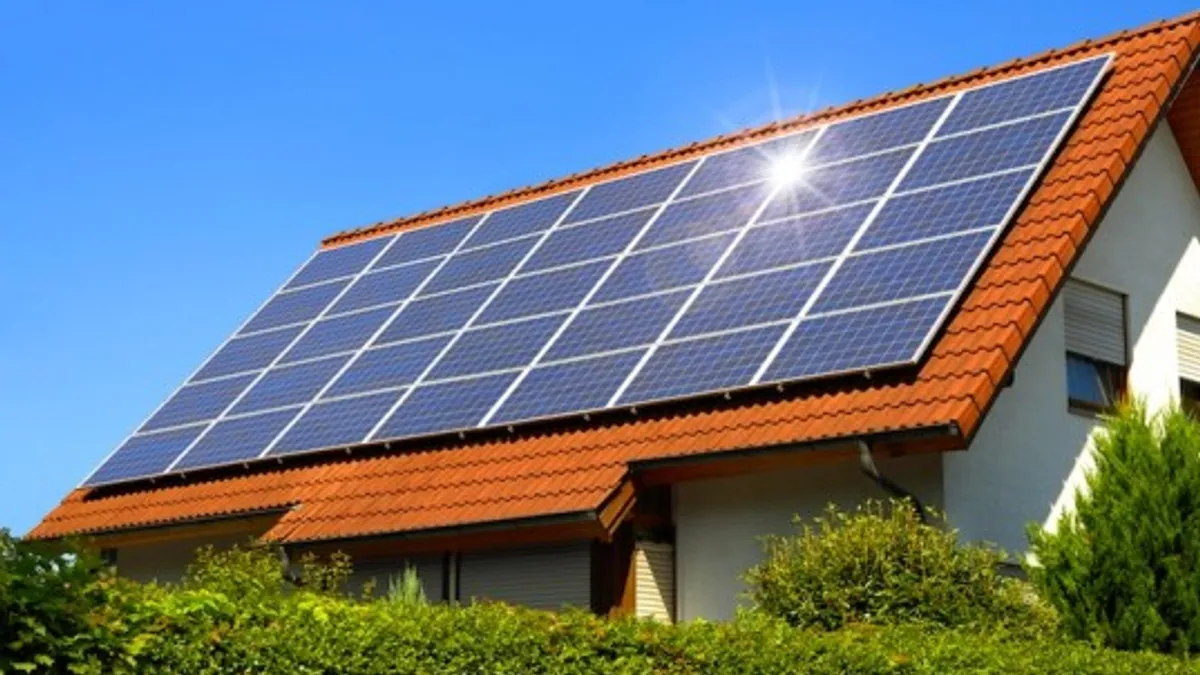Single-family homes outfitted with solar photovoltaics and energy storage systems, or PVESS, could likely weather a multiday power outage without losing critical loads like lighting, heating and cooling, though much depends on the particular situation and PVESS configuration, according to new research from Lawrence Berkeley National Laboratory.
The study is the first in a series of reviews of solar + storage systems that LBNL will undertake alongside the National Renewable Energy Laboratory. The initial report, which says it is designed to “provide a baseline set of performance estimates,” looks at 10 historical power outages greater than 24 hours.
“In 7 of the 10 events, the majority of homes would have been able to maintain critical loads, using a PVESS with 30 kWh of storage,” LBNL researchers concluded in a September report. That is on the upper end of system sizes currently on the market, they noted.
The report also said “significant variability across homes can exist;” in particular, homes with electric heating saw “much lower backup performance.”
Performance largely depends on the size of the system and the set of loads considered, researchers said. But when heating and cooling are excluded, then a “small PVESS with just 10 kWh of storage (at the lower end of sizes currently observed in the market) can fully meet backup needs over a 3-day outage in virtually all U.S. counties and any month of the year.”
There is some limitation to the analysis, LBNL said. The research used a variety of “simplifying assumptions,” and the analysis “does not account for snow accumulation that may occur during winter events.”
Snow accumulation “can be a notoriously complex factor to account for, given that how it depends not just on climatic and physical characteristics, but behavioral factors as well, i.e., whether and how frequently the building occupant removes the snow, which itself may depend on the power interruption,” the report explained.
Future studies by NREL and LBNL may model efficiency and electrification measures across a broader set of geographies, including heat pumps in cold-weather climates, and the impacts of battery use cases beyond backup power on a PVESS’ state of charge.















